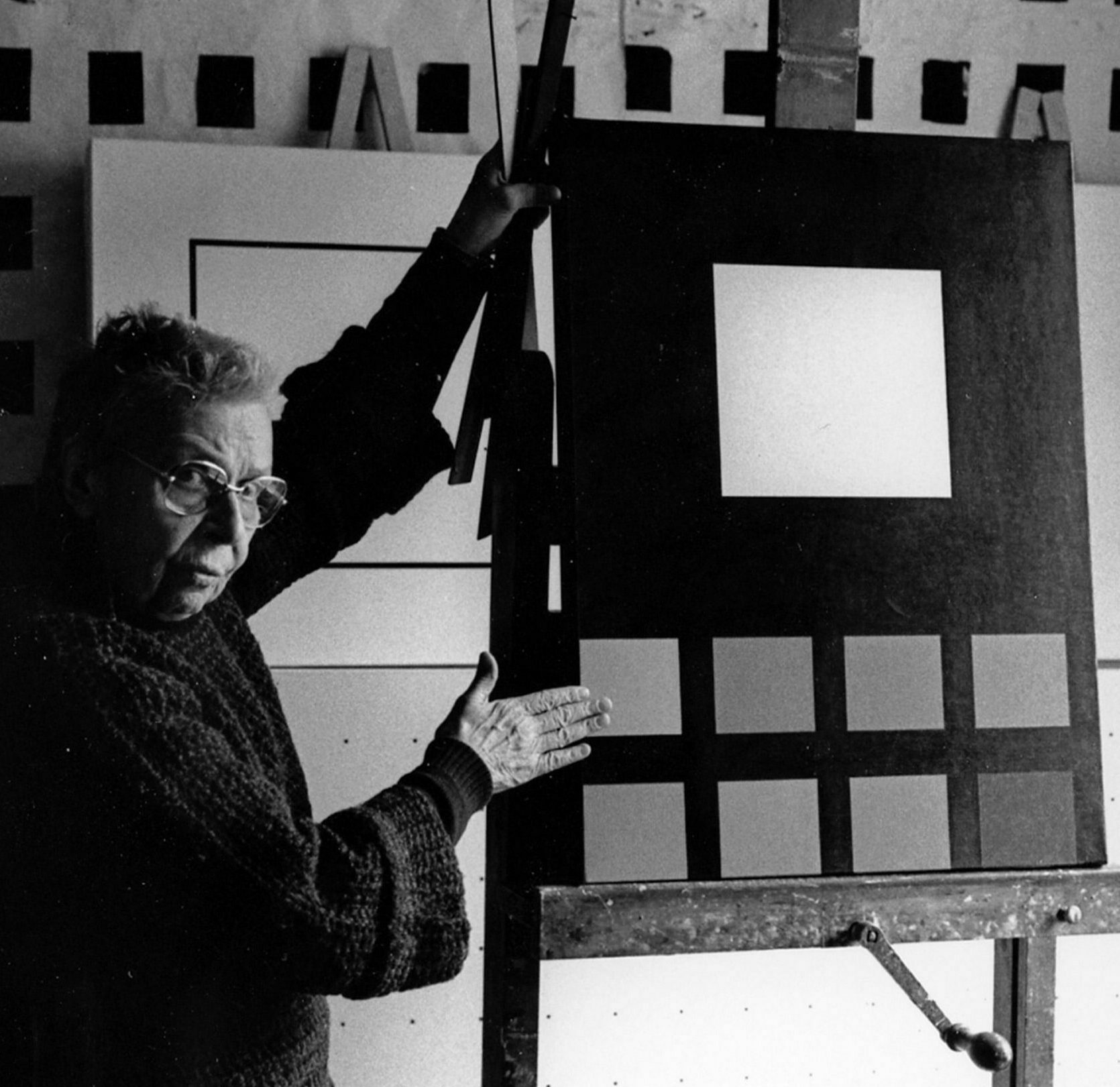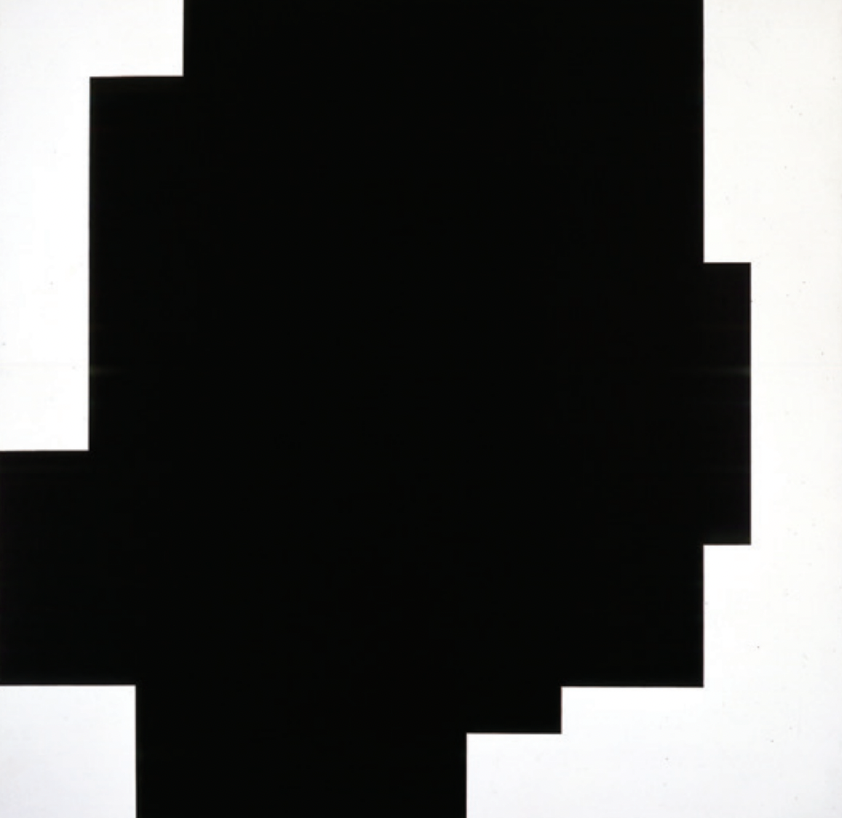Aurélie Nemours
Born in Paris in 1910, Aurélie Nemours studied art history at the École du Louvre before turning to art-making by attending the André Lhote academy and developing her vision at various studios including Fernand Léger’s « atelier » in the early 1940s.
In 1949, Nemours realized her first abstract geometric works. Highly influenced by De Stijl, or neoplasticism, she stripped painting to its essence, producing contrasting compositions of right angles and squares. Eschewing all references to reality, she worked in black-and-white and bold colors, and honed her visual vocabulary to horizontal and vertical planes, lines, rectangles, and, ultimately, the square, her ideal representation of universal harmony.
Aurelie Nemours’ works are part of prestigious public and private institutional collections including the Musée d’art moderne de la Ville de Paris, the Musée national d’art moderne – Centre Georges Pompidou, the
Josef Albers Museum Quadrat, the Stuttgart Kunstmuseum, the Museum Haus Konstruktiv in Zürich, Museo Nacional Centro de Arte Reina Sofia in Madrid; Instituto Valenciano de Arte Moderno, the Národní gallery in Prague, the Tel-Aviv Museum of Art, or the Macba in Buenos Aires.

